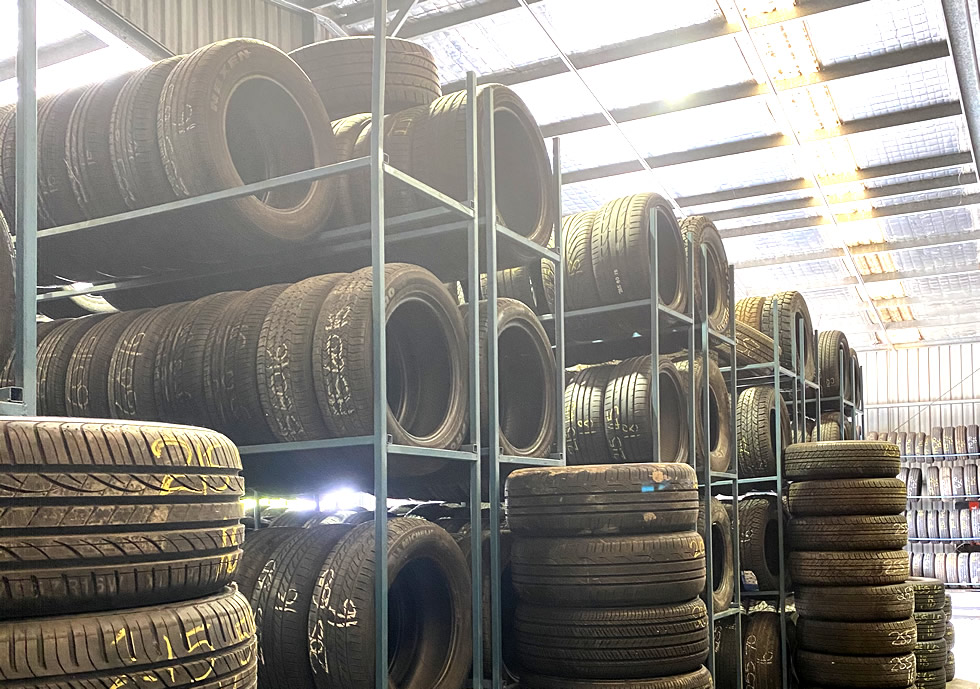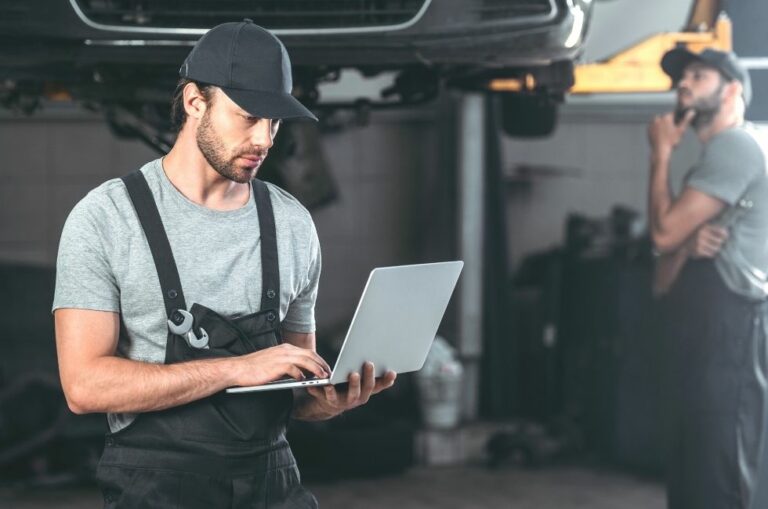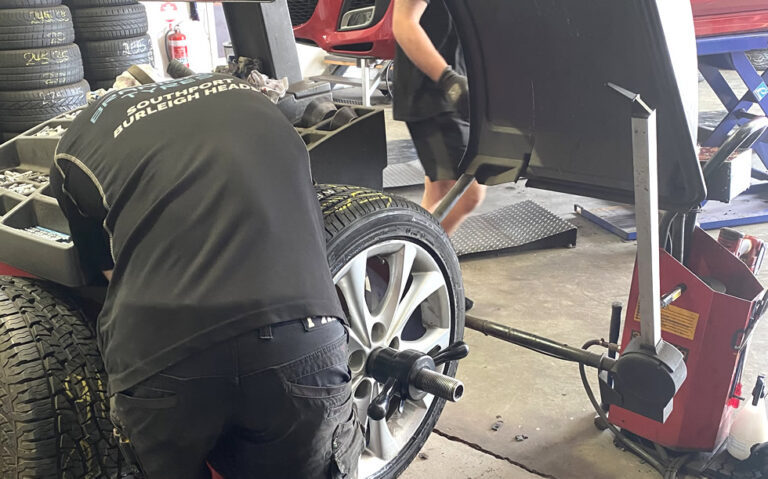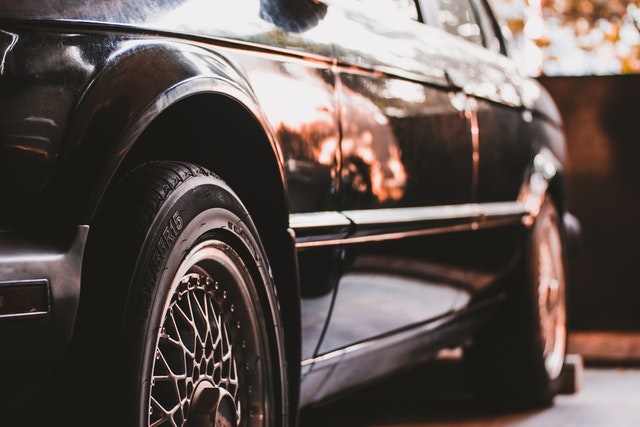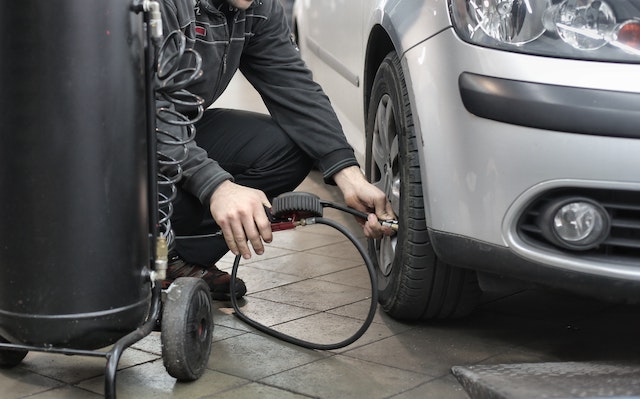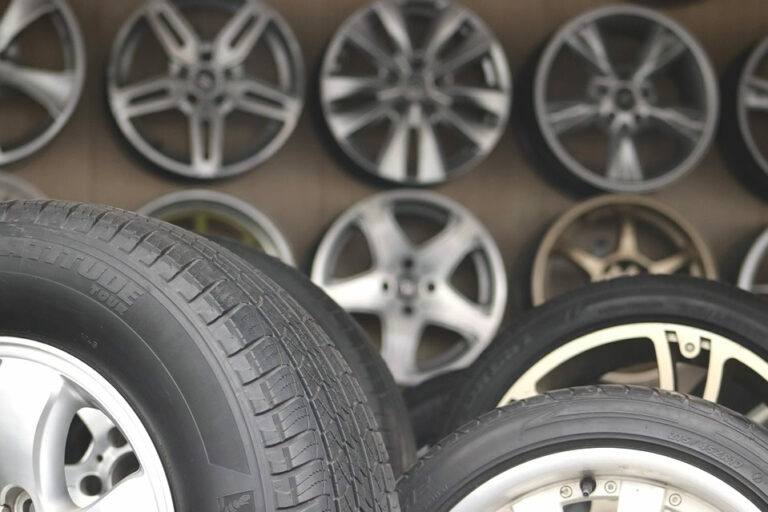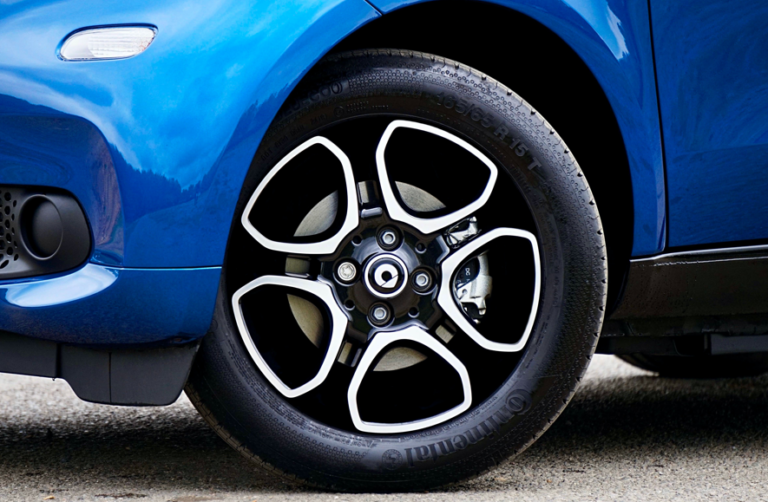Considering the importance of tyres, proper and regular maintenance is required. The contact patch of each tyre is the part that makes contact with the asphalt and has to be kept optimal at all times. “There are so many aspects of tyre health that comes into the bigger picture when considering the monitoring of tread depth and tyre pressure, for instance,” shares Chris Lett who owns Branigans Tyres.
Tyres don’t come cheap and knowing a few things about these babies will go a long way. That way, one can expect maximum performance and longevity from the tyres on a car.
- Fact #1 – The inscriptions on the sidewall of a tyre indicates the maximum pressure value. In a car, one should refer to the inner side of the door where the recommended tyre pressure value is mentioned. In this case, the recommended tyre pressure for the front and rear is 35 and 32 PSI respectively.
- Fact #2 – Chris also wanted to crack the myth about valve caps by saying that “valve caps do not prevent the tyre from losing air but are present to keep dust, water and mud from entering the valve and cause air loss.”
- Fact #3 – With low tyre pressure, the tread or grooves gets shut, or the gaps between the groove or tread become less and do not deliver optimum water discharge. As a result, the car could lock up and skid even more.
- Fact #4 – The tyre heats up when PSI is reduced which causes the tyre wall to flex or bend. It is imperative to maintain the company-recommended PSI even during the summer months.
- Fact #5 – During winter, one should look at increasing tyre pressure by 2 PSI for every three to four-degree drop in temperature. This is because the pressure of the tyre decreases by 1 PSI for every such drop in temperature and can shorten the life of the tyre and can lead to serious safety hazards.
- Fact #6 – Tyre patterns aren’t just there for aesthetic purposes. While a tyre’s tread pattern plays a key part in appearance, “its major role is actually to discharge water on wet surfaces, ” adds Chris.
- Fact #7 – The exterior surfaces of the sidewall and tread of the tyre can give only a hint about the tyre compound as there are many other layers beneath the exterior surface that gives the tyre its hard or soft compound characteristics.
- Fact #8 – Winter tyres are not just required on snow or icy roads. A vehicle driving in a location where the temperature is below 10 degrees, it is suggested to opt for winter tyres as these tyres have a more optimal tread pattern in addition to special rubber that prevents them from getting stiff due to the cold.
- Fact #9 – Air pressure should be checked weekly as tyres lose pressure naturally.
- Fact #10 – Slick tyres provide better grip and handling only in dry conditions because of a larger contact patch with the road surface. That is why one sees Formula 1 and MotoGP machines making use of tyres with no tread pattern. It is not advisable to install these tyres on regular cars as the vehicle may lose traction very easily on a wet surface.
For further information, visit or call Chris and his team at Second Hand Tyres Gold Coast |Branigans Budget Tyres by contacting the Service Centres in Burleigh Heads (07) 5535 2660 or Southport (07) 5591 8633.
Syndicated by Baxton Media, The Market Influencers, Your Digital Marketing Agency.

